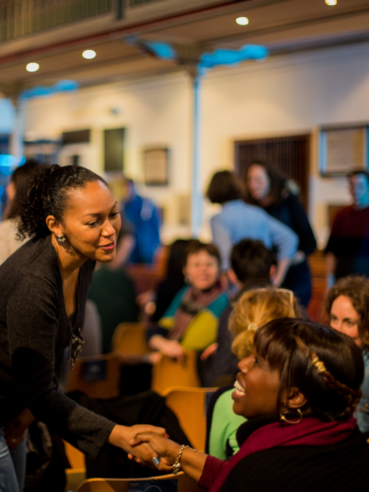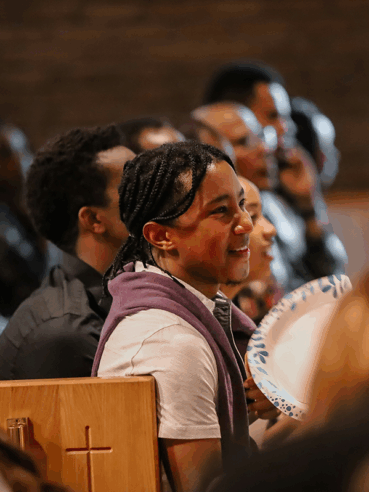Ruth Perrin and Ed Olsworth-Peter’s report, The Mixed Ecologists: Experiences of Mixed Ecology Ministry in the Church of England, is based on interviews with 17 practitioners across England. It is a great encouragement for those seeking the companionship of others who have walked the mixed ecology path – to share struggles but also hear wisdom.
If you want Ruth and Ed’s view of what makes a mixed ecology flourish in just three words, they offer this: time, team and tenacity. But the report also sets out its learning through an Executive Summary and the findings in five key areas.
The Executive Summary (p. 2-4) captures the gist of the listening process well. It includes some things we might anticipate: that diocesan encouragement makes a crucial difference. But also some details we might otherwise miss, like the people making crossovers from Fresh Expressions to inherited church and vice versa. It also highlights the way, in a secular society, the various elements of a mixed ecology – traditional services, new worshipping communities and social action initiatives – interact to help faith grow. As they later point out, ‘many are so far from understanding the Christian faith that multiple small steps are what they need to take to begin to grasp the gospel’ (p. 30). A mixed ecology provides multiple stepping-points to deeper commitment, with the local parish acting as a ‘hub’ or ‘node’ throughout the process.
The main sections of the report cover five key areas: enabling culture; the interaction of traditional and new expressions; releasing leaders; how clergy can thrive; and the impact of Covid-19. The first section rightly draws out the importance of growing a culture of discipleship and mission among our congregations. It raises the power of legacy – the culture we inherit from previous leaders, and the importance of good prior experience, including the pioneering and planting experience that can be picked up through things like ordination training and curacy. Other highlights include some honest highs and lows of engaging with a specific context, including some good examples of missional relationship-building (p. 17-20). There are also some very practical reflections on how to create a culture of participation and shared leadership (p. 32-38).
Occasionally, there’s a mention of ‘those called’ to mixed ecology ministry; but, as they recognise at the end, mixed ecology has now been adopted as an intended norm for the Church of England. That makes the encouragements and the lessons contained in this report all the more useful.
The Mixed Ecologists report is part of the Church of England’s Living Ministry Research Project.














